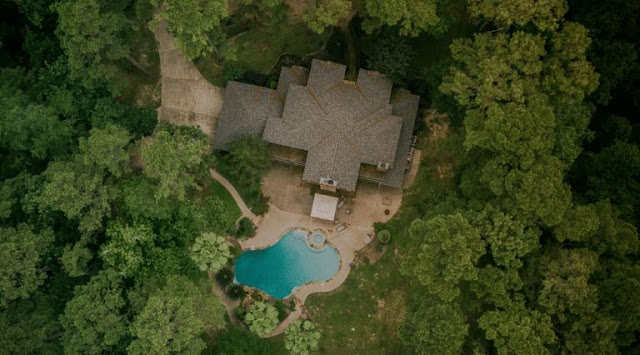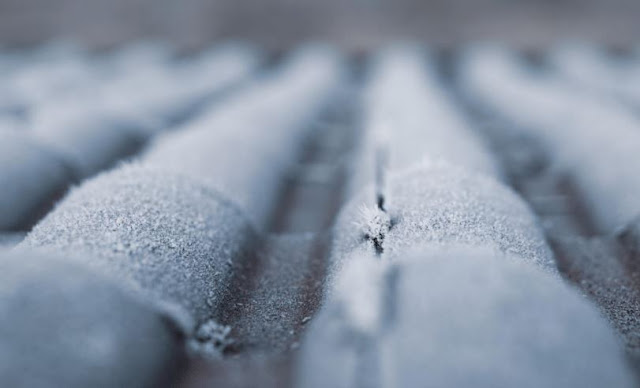
There are several factors to consider when determining the cause of your flat roof leaks. Listed below are the most common causes, types of materials used in flat roof repairs, and costs.
Common Causes Of Flat Roof Leaks
A flat roof can develop leaks for a variety of reasons. In older homes, deteriorated roof materials can result in weak spots that let rainwater in. Another common problem is ponding water around vents or plumbing stacks.
A leaky flat roof may be the result of delamination, a phenomenon whereby layers of the roofing membrane separate. Click here for more information. This can cause cracks, splits, or blistering in the roofing.
The cause of delamination is usually improper installation, improper temperature, or water getting in between layers. This issue can also be caused by age. The best way to prevent leaks is for a roofer to check for these problems as soon as possible.
A flat roof is more susceptible to leaks than a standard roof because the material is not made to drain water.
If water stays on a flat roof, it can breed mold and fungus. This is especially damaging to a commercial building's exterior.
You should schedule regular maintenance and inspections to prevent this problem from becoming worse. Once you have a leak, contact a professional for assistance. Any roof repairs mission are best performed by trained and accredited professionals. You will be happy you called in the pros.
Types Of Materials Used To Repair A Flat Roof
The types of materials used to repair a level covering are vast. EPDM or ethylene propylene diene monomer is the most common, followed by TPO or thermoplastic olefin (PVC) and modified bitumen.
Each of these materials has different characteristics and strengths. The main risk factor for a level covering leak is water, which can result from several factors, including improper drainage, aging, or membrane problems.
Water damage can also occur because of open covering penetrations, such as pipes and HVAC units. These open covering penetrations cause water to seep into the covering system and membrane, causing leaks.
To avoid a covering leak, always remember to ventilate the area properly. Proper ventilation can help prevent excess heat and moisture from accumulating, which can lead to mold growth. Click the link: https://www.poison.org/articles/mold-101-effects-on-human-health for more information about how mold affects the body. After you have determined which type of leak you have, you can begin the repair process.
Depending on the material used to repair a level covering leak, you may have to replace the entire covering. To prevent further damage, match the patch to the type of covering material used. EPDM covering is made from synthetic rubber that has similar properties to tire material. The TPO patches are white, and can be repaired using a torch. To avoid cutting the covering deeper than the leak, be sure to check the patch's consistency.
Another common level covering issue is blistering. Blisters form when water gets trapped beneath the level covering membrane. Water vapor is drawn up by higher temperatures, so the pressure causes the blisters. Blisters can be caused by water ingress, insulation, and damp timbers. If left untreated, blisters can lead to significant covering leaks. Once these blisters form, the entire level covering will be prone to leaks.
A level covering leak is easier to pinpoint than a steeply sloped shingled covering. The problem may be difficult to pinpoint if you are not familiar with level coverings. The water travels across the covering membrane before finding a seam and seeping into the interior space. It is best to seek professional help to find and fix a level covering leak, rather than attempting to DIY.
Cost Of Repairing A Flat Roof
Level covering repairs require special skills and materials. Most coverings are designed to have a low slope - about a quarter-to-six percent - and require special water covering techniques. Instead of using shingles, level coverings use modified bitumen, single-ply membranes, and other materials. Level coverings do not actually look level, but they do give the illusion, particularly when viewed from ground level.
Leaks are the most common problem associated with level coverings. They often develop after 48 hours of rain. Leaks occur when water penetrates the covering's membrane through seams, penetrations, and flashings. While punctures are rare, leaks are most costly when the water penetrates the sheathing beneath. In some cases, leak repairmen must replace the covering 's membrane, patch the leak, or seal the area with new materials.

